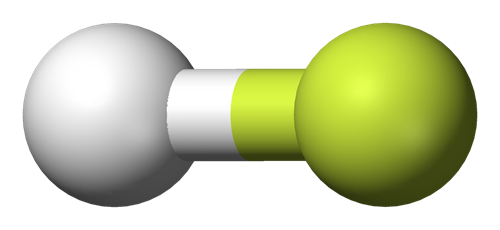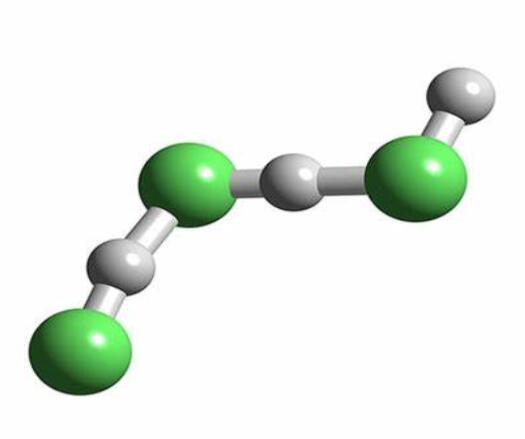Hydrofluoric acid-Hazard and Toxicity
Description
Hydrofluoric acid (HF) is an aqueous solution of hydrogen fluoride gas. At room temperature, it appears as colorless transparent to light yellow smoke liquid with pungent odor. It has a specific gravity of 0.98 which is slightly lighter than water. It has a boiling point of 19.4 °C, being highly volatile. It can release white smoke once placed in air. The aqueous solution containing less than 60% hydrogen fluoride appears as a colorless clear fuming liquid.
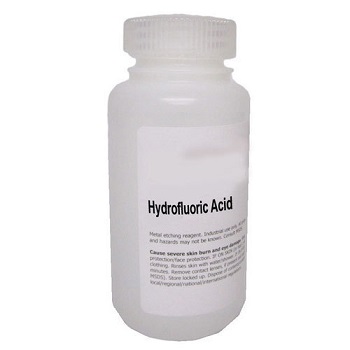
Industrial products are usually aqueous solution containing 40 to 45% HF. It has pungent odor. It can react with sulfur trioxide or chlorosulfonic acid to generate fluoride sulfonic acid, and can react with halogenated aromatic hydrocarbons, alcohols, olefins, hydrocarbons to generate fluorine-containing organic compound.
Toxicity Data
LCLO inhal (humans) 50 ppm (0.5 h)
PEL (OSHA) 3 ppm (as fluoride)
TLV-TWA (ACGIH) 3 ppm (2.6 mg/m3; ceiling as fluoride)
Major Hazards
Extremely corrosive liquid and vapor that can cause severe injury via skin and eye contact, inhalation, or ingestion. Hydrofluoric acid has irritating smell and acute toxicity, belonging to the medium strength & slightly weak acid. It is corrosive. It is commonly used in the manufacture of fluorocarbon, sodium fluoride, aluminum fluoride, uranium hexafluoride and cryolite and other organic or inorganic fluorine compounds.
It can be applied to the pickling of stainless steel and non-ferrous metal. The semiconductor industry take it as a cleaning agent; glass etching industry as its etchant; the steel industry take it as a surface rust removing agent; the petrochemical industry take it as a catalyst; the cleaning services take it as a dirt cleaning agent or as an external wall cleaning agent.
Toxicity
Anhydrous hydrogen fluoride and hydrofluoric acid are extremely corrosive to all tissues of the body. Skin contact results in painful deep-seated burns that are slow to heal. Burns from dilute (<50%) HF solutions do not usually become apparent until several hours after exposure; more concentrated solutions and anhydrous HF cause immediate painful burns and tissue destruction.
HF burns pose unique dangers distinct from other acids such as HCl and H2SO4: undissociated HF readily penetrates the skin, damaging underlying tissue; fluoride ion can then cause destruction of soft tissues and decalcification of the bones. Hydrofluoric acid and HF vapor can cause severe burns to the eyes, which may lead to permanent damage and blindness. At 10 to 15 ppm, HF vapor is irritating to the eyes, skin, and respiratory tract.
Exposure to higher concentrations can result in serious damage to the lungs, and fatal pulmonary edema may develop after a delay of several hours. Brief exposure (5 min) to 50 to 250 ppm may be fatal to humans. Ingestion of HF can produce severe injury to the mouth, throat, and gastrointestinal tract and may be fatal. HF has not been reported to be a human carcinogen. No acceptable animal test reports are available to define the developmental or reproductive toxicity of this substance.
Flammability and Explosibility
Hydrogen fluoride is not a combustible substance.
Reactivity and Incompatibility
HF reacts with glass, ceramics, and some metals. Reactions with metals may generate potentially explosive hydrogen gas.
Storage and Handling
All work with HF should be conducted in a fume hood to prevent exposure by inhalation, and splash goggles and neoprene gloves should be worn at all times to prevent eye and skin contact. Containers of HF should be stored in secondary containers made of polyethylene in areas separate from incompatible materials. Work with anhydrous HF should be undertaken using special equipment and only by well-trained personnel familiar with first aid procedures.
Accidents
Laboratory personnel should be familiar with first aid procedures before beginning work with HF; calcium gluconate gel should be readily accessible in areas where HF exposure potential exists.
First aid must be started within seconds in the event of contact of any form. In the event of skin contact, immediately wash with water for 15 min and remove contaminated clothing. If available, apply calcium gluconate gel. Obtain medical attention at once, and inform attending physician that injury involves HF rather than other acid. In case of eye contact, promptly wash with copious amounts of water for 5 min while holding the eyelids apart and seek medical attention at once. If HF is ingested, obtain medical attention immediately. If HF vapor is inhaled, move the person to fresh air and seek medical attention at once.
In the event of a spill of dilute hydrofluoric acid, soak up the acid with an HFcompatible spill pillow or neutralize with lime, transfer material to a polyethylene container, and dispose of properly. Respiratory protection may be necessary in the event of a large spill or release in a confined area. Releases of anhydrous HF require specially trained personnel.
Disposal
Excess hydrogen fluoride and waste material containing this substance should be placed in an appropriate container, clearly labeled, and handled according to your institution's waste disposal guidelines.
);You may like
Related articles And Qustion
Lastest Price from Hydrogen fluoride manufacturers
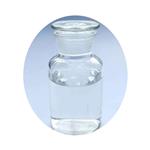
US $0.00-0.00/kg2023-12-25
- CAS:
- 7664-39-3
- Min. Order:
- 1kg
- Purity:
- 98%
- Supply Ability:
- 1000000
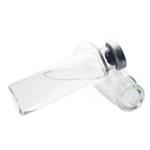
US $50.00-16.00/kg2023-12-11
- CAS:
- 7664-39-3
- Min. Order:
- 1kg
- Purity:
- 0.99
- Supply Ability:
- 10 tons

